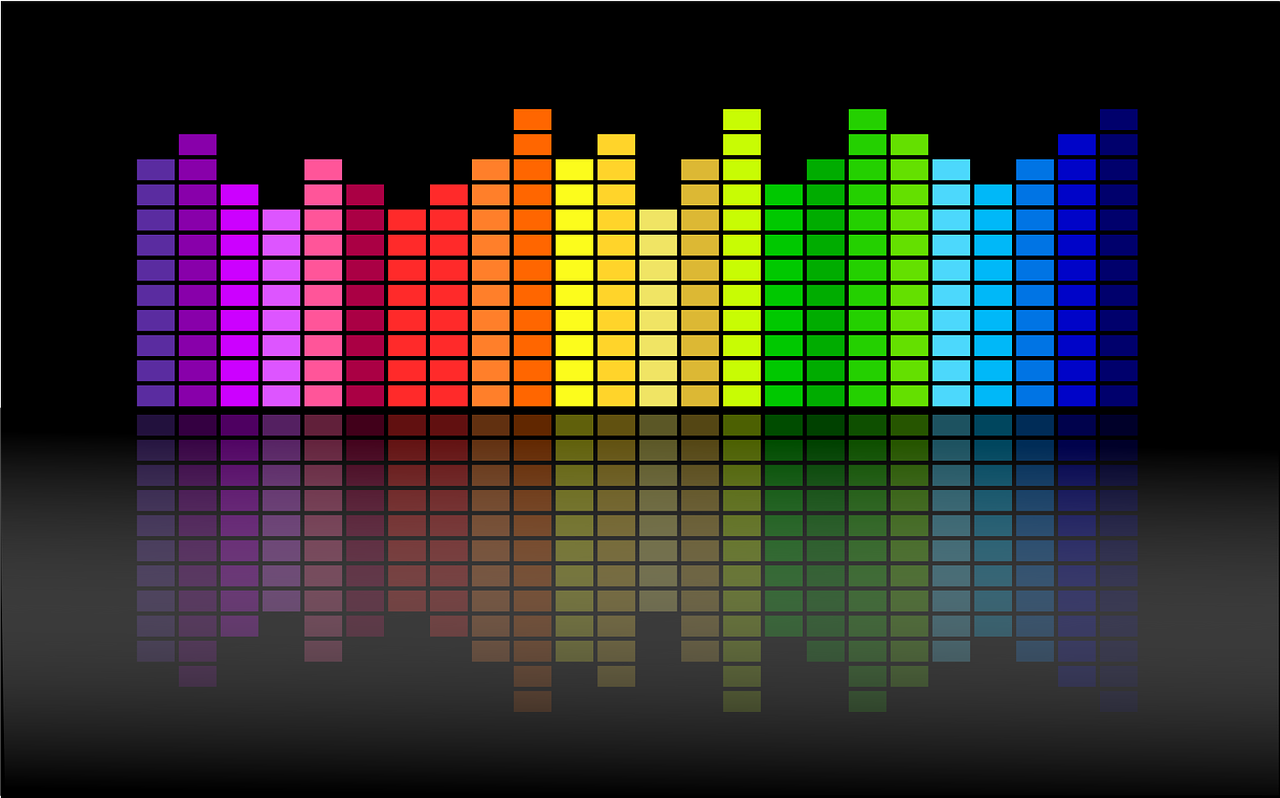While sound is often an understated portion of the gaming experience due to everyone’s passionate focus on graphics, game audio can make or break your experience. If the sound during your game play is cruddy, it drags down the entire experience.
Due to this, gaming developers focus heavily on creating powerful sound. Without powerful sound, games could hardly achieve the immersive states of today’s games.
The Evolution of Audio in Games
It all began with chiptunes and 8-bit music in the 70s and 80s. During this period of time, sound capabilities were rather limited.
You’d probably recognize the type of beats 8-bit and chiptunes outputs. In fact, there’s a heavy nostalgia to those old video games.
Tetris is a famous game that used chiptunes as its audio output.
Imagine this type of sound output today? It makes chiptunes feel very very archaic. But it is where it all began.
Advancements in sound technology became more rapid in the 80s and particularly in the 90s. The transition from chiptunes to more advanced synthesized audio files were placed in Nintendos and Segas.
Also, CD-ROMS came along offering pre-recorded audio. This led to full on orchestral scores and voice overlays. Resident Evil is a game that comes to mind.
During the 2000s. consoles became all the rage. And these consoles were built with a more high-fidelity onboard sound. This is when sound became ultra-impactful to the immersive experience that gaming expects today.
Today, modern games often employ composers known for their work in film and television, bringing a cinematic quality to game soundtracks. Games now have full on albums for all intents and purposes.
The Future of Gaming Audio
The ongoing efforts in 3D audio technologies is where the shorter term future resides. Binaural audio and spatial sound are becoming a more expected part of new games. These technologies help create those ultra-immersive experiences. The sound behaves in 3D, making it feel as if it truly surrounds the gamer.
There’s also sound that adapts in real-time based on a players actions or decisions. This could lead to a more personalized gaming audio experience. AI may be leveraged in this case to create these sounds.
Sound isn’t just about the output. Gaming developers are working intently on voice recognition that allows voice commands to control a players actions and increase more sophisticated interactions with gameplay.
As graphics become more realistic, game producers are continually working on ways to make audio as realistic as possible as well. Much of this means attempting to make the sound as real as the graphics. Ultimately, the blend of graphics and audio create the immersive state.
Moreover, innovations in audio can lead to improvements in gaming accessibility in general. Sound offers prompts and commands and feedback loops to those who may struggle visually.
Audio will find more integration with haptic feedback, as well, which completes the immersive trifecta. We’re seeing more of this with the use of gaming chairs and wearable devices. Having sound, vibration, and visual all in sync is the ultimate goal in gaming immersion.
